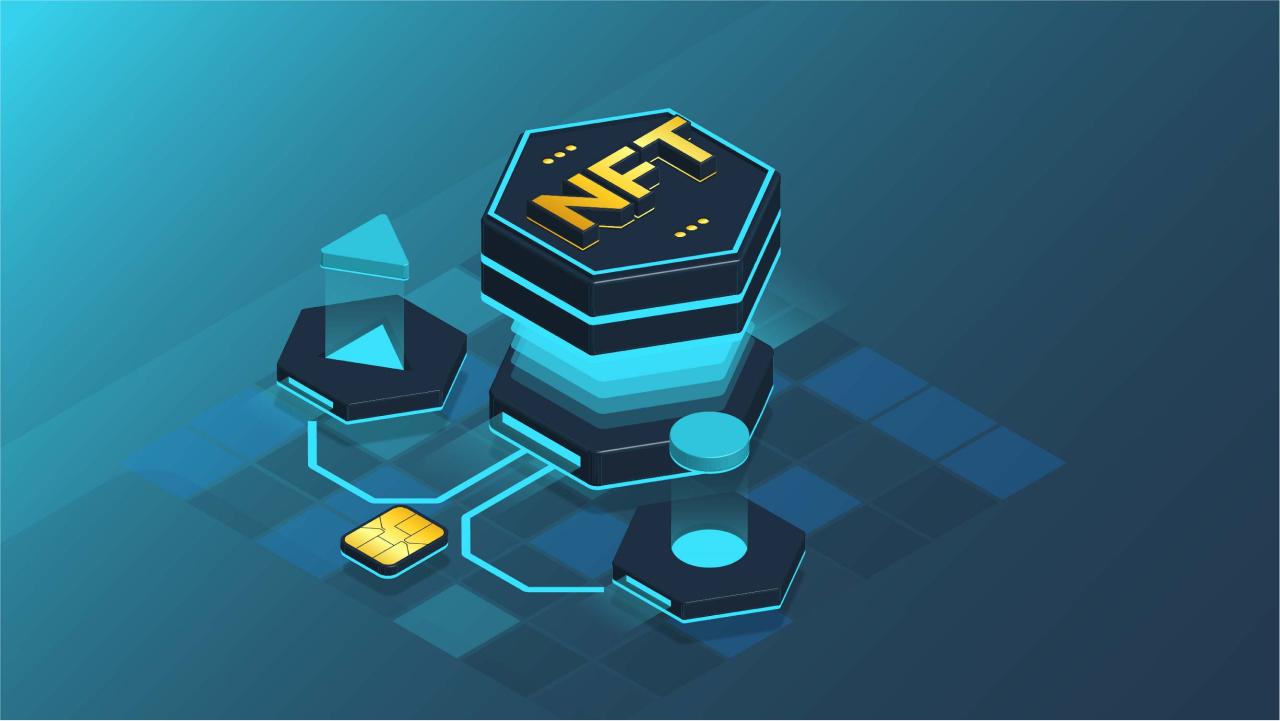A Beginner’s guide to minting your first NFT
NFTs aren’t just get-rich-quick schemes. Here’s a simple beginner’s tutorial on minting an NFT.
By Staff
Last year, non-fungible tokens (NFTs), which are data recorded on a blockchain and guarantee the ownership and uniqueness of a digital object, surged into the mainstream, fueled by the assumption that people want to own, showcase, and trade their digital assets in the virtual world.
Digital artworks sold for tens of millions of dollars, while cartoon profile images took over social media platforms. Major businesses and celebrities snatched up virtual property in virtual worlds. Months into the NFT craze, some are already complaining of NFT weariness, and new ventures are finding it increasingly difficult to differentiate, especially if they lack a compelling story or marketing chops.
NFTs, on the other hand, aren’t just get-rich-quick schemes. Here’s a simple beginner’s tutorial on minting an NFT, or putting the data of a digital file to a blockchain, for artists who want to get their feet wet in the world of digital assets.
That may sound complicated, but NFT marketplaces have made the process relatively simple, and we’ll use some of the most popular platforms as examples in this tutorial.
Step one: What are you minting?
What type of NFT do you want to make? While some of the most popular projects use cartoon avatars, practically any digital file format, including GIFs and numerous audio and video formats, can be converted into an NFT.
Wong Kar-Wai, a prominent Hong Kong director, created an NFT in September 2021 from never-before-seen footage from his critically acclaimed 2000 film In The Mood For Love, which was auctioned by Sotheby’s. NFTs of singles and music videos have been released by musicians. A still image, such as a work of digital photography or a digital representation of a poem, can also be turned into an NFT.
NOTE: Make sure it’s your own creation or something you have legal ownership of before going.
Step two: Decide on marketplace
Many marketplaces exist to help you find, buy, and sell NFTs, but others are better suited to individual makers and artists.
Many NFT developers and purchasers choose OpenSea, which is built on the Ethereum blockchain and has the largest user base and trade volume.
Rarible allows you to mint your works on Ethereum, Tezos, and Flow, the latter of which is used by NBA Top Shot and ARTIFACT, the South China Morning Post’s own NFT project.
Both OpenSea and Rarible allow you to generate and list your NFT for free, with the NFT being minted on the blockchain only when it is sold. After the initial sale of a certain NFT collection, the buyer pays the “gas fee,” or the transaction amount required to write data on a blockchain network. Other fees apply as well, as will be discussed later.
Some sites, like Foundation and SuperRare, only allow you to join and build your own NFTs if you’ve been invited. At present time, other popular marketplaces like Magic Eden and Solanart, which are built on the Solana blockchain and provide lower costs and faster speeds, only enable secondary transactions.
When a collection of NFTs is previously sold on its own project website, it is then traded among buyers in a secondary NFT transaction.
Step three: Create a crypto wallet and get crypto
Create a crypto wallet that works with your preferred marketplace and blockchain. Crypto wallets store the private keys to your crypto assets, such as cryptocurrencies and NFTs, and allow you to transfer and receive cryptocurrency using your wallet address.
For Ethereum-based marketplaces, MetaMask and Coinbase Wallet are popular options, while Phantom and Solflare are wallets that operate with Solana-based sites. You can create a wallet without owning any cryptocurrencies by using an online platform, browser extension, or app. Later, you may buy cryptocurrencies on a cryptocurrency exchange or through services like MoonPay, which allow you to buy them directly with credit cards.
Due to the fact that platforms cannot assist you retrieve the login password to your wallet or the “search phrase,” a series of simple phrases that gives you access to your wallet, it is critical not to lose them. You will lose access to your crypto assets if this happens.
Step four: Upload and Mint
You can begin generating after you have a crypto wallet. As examples, we’ll look at OpenSea and MetaMask.
Click “create” from the menu options at the top of the OpenSea page to link your MetaMask wallet to the platform. You’ll see a pop-up asking you to finalize the connection. Then you can upload your prepared file, give it a name and description, and pick whether you want it to be minted on Ethereum or Polygon, a related but less expensive option to Ethereum.
To finish, go to the bottom of the page and click the blue “create” button. After it is sold, your new NFT will be minted on the blockchain.
OpenSea charges a one-time gas price to sell your first Ethereum NFT, which varies depending on network usage. The charge in the Post’s test on Thursday 27th was 0.0525 ether, or about $128 USD.
Although there is no charge for selling a Polygon NFT, customers holding Ethers must take extra measures to move their funds from the Ethereum blockchain to the Polygon blockchain. A gas cost is also charged when transferring cryptocurrency.
Finally, give your NFT a price and specify how long it will be on sale before clicking “finish listing.” Your NFT is now available for purchase.
